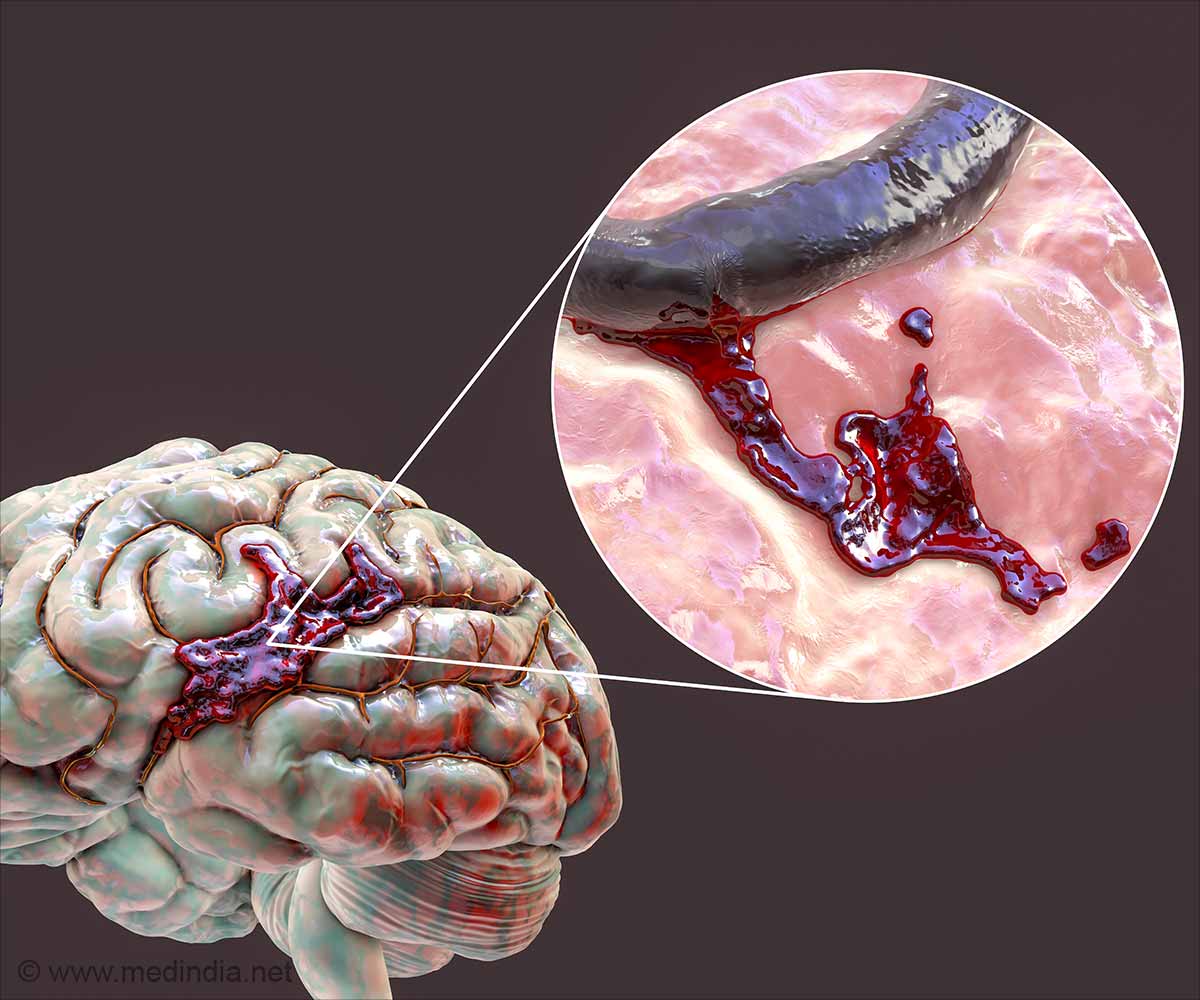Neurospine Hospital & Revive Critical Care
BRAIN HEMORRHAGE / STROKE

What are the symptoms of a Brain Hemorrhagic Stroke?
The symptoms of a hemorrhagic stroke can include one or more of the following:
- Headaches (experts often call these “thunderclap” headaches because they’re sudden and severe, like an unexpected clap of thunder).
- Light sensitivity, where bright lights cause severe headache-like pain (photophobia).
- Dizziness or vertigo.
- Nausea and vomiting.
- Passing out or fainting.
- Aphasia (difficulty with or loss of speaking ability) or slurred or garbled speaking (dysarthria).
- One-sided weakness, paralysis or loss of sense of touch.
- One-sided loss of all two-sided senses (vision, hearing and touch).
- Neck stiffness.
What Causes Hemorrhagic Strokes?
The most common cause of a hemorrhagic stroke is high blood pressure (hypertension). This is especially true when a person’s blood pressure is very high, stays high for a long time, or both. Other conditions or causes of hemorrhagic strokes include:
- Brain aneurysms (abnormal bulging of a blood vessel wall in places where it’s weaker than normal).
- Brain tumors (including primary brain tumors and metastatic cancer).
- Blood-thinning medications (these can cause bleeding in your brain or make it worse).
- Head injuries.
- Ischemic stroke that had secondary bleeding.
How are hemorrhagic strokes treated?
Hemorrhagic strokes are often difficult to treat because they’re difficult to reach directly. That means it’s often not possible to stop bleeding directly. Instead, the top priority is usually to reduce the amount of bleeding or stop it entirely by boosting your body’s clotting processes and lowering blood pressure. In some cases, surgery may also be necessary. Sometimes, there can be swelling around the bleeding or elsewhere in your brain, causing increased pressure inside of your head, and medications may be needed to reduce this swelling. The treatments depend on where the stroke is in your brain, how severe it is and many other factors.
Diagnosis
Diagnosis of a hemorrhagic stroke is based on a thorough medical history and physical exam, and doctors may strongly suspect bleeding inside the skull based on the patient’s symptoms.
In cases where a stroke is suspected, imaging tests can help determine whether the stroke was caused by a clot (ischemic stroke) or by bleeding inside the brain (hemorrhagic). Imaging tests include magnetic resonance imaging (MRI) or computed tomography (CT) scans.

